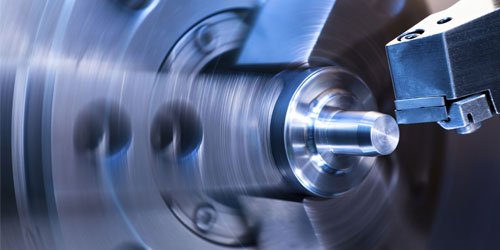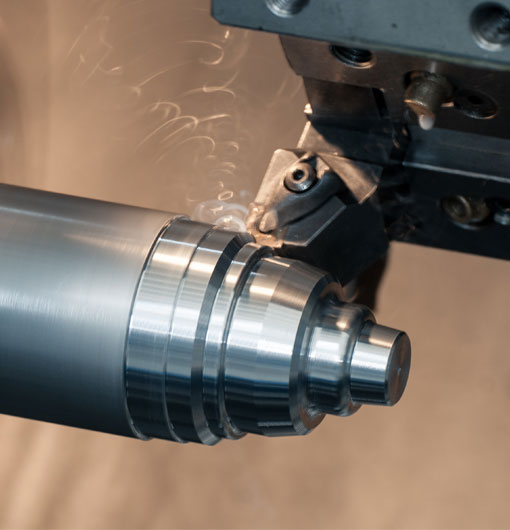With the advancements in the manufacturing and engineering industries, Computer Numerical Control (CNC) machining has become a critical component. While there are several types of CNC machining, this post will focus on one particular aspect - CNC Turning. We will deep dive into the programming techniques associated with this machining process, without which creating intricately designed, high-precision components would be nearly impossible.
Introduction
CNC turning is a subtractive manufacturing process wherein a piece of material is rotated at varying speeds while cutting tools are steered to trim away excess material, forming the desired component design. With the automation facilitated by CNC, this process is managed efficiently through detailed and precise programming instructions.
The Fundamentals of CNC Programming
To collaborate flawlessly with machine tools, CNC machinists must possess exceptional programming skills. A strong grasp of a programming language such as G-code, which guides the machine's movement, forms the backbone of these skill sets.
Learning to code is similar to learning another language. In CNC, the 'vocabulary' we work with includes M-codes and G-codes. G-codes define the movements of the machine, whereas M-codes control the machine's different functions. The structure of this 'language' generally consists of an address, followed by a numeric value (for example, G01).
Now that we've covered the basic verbiage, let's identify the layers that construct a CNC program.
Building Blocks of a CNC Turning Program
Setup Information and Safety Lines
This is the starting point of every CNC program. Here machinists specify the essential information, like the program number, the stock material involved (hard plastic, of different metals), and safety lines that prevent accidental modifications.
Tool Information
This section defines the tools required for the operation. It includes facts like tool type, tool shape, tool angle, and tool dimension.
Operation Information
The primary action occurs here according to the operations defined and the desired product's final requirements. This portion includes the actual machining process, rapid positioning moves, feed rate, and coolant control - everything required to convert raw material into a finished product.
Ending Information
This is typically the closing section where the machinists signal the machine to end the process and return to its home position.
Essentials of CNC Turning Operations
Let's discuss the two primary operations in turning: Roughing and Finishing.
Roughingis the initial cutting operation where a rough pass removes the bulk of the material from the workpiece. This step forms the general shape of the finished product while leaving just enough material for the finishing operation.
Finishing, as the name indicates, is the final cutting process that gives the product its ultimate dimensions, surface finish, and precise detail.
Advanced Programming Techniques
CNC programming has evolved with technology. The advent of Computer-Aided Manufacturing (CAM) software allows machinists to simulate the desired product design and translate this into G-code for the machine to execute. It is recommended for a machinist to understand the code produced by CAM software and refine it if necessary.
Subprogrammingis another method used for programming a part that repeats a series of operations. Instead of coding each sequence separately, subprogramming allows the operations to be coded once and repeated as required, saving time and effort.
Wrapping Up Thoughts
Despite this in-depth outlook, it's critically important to remember that knowledge of CNC programming techniques is not a one-size-fits-all solution. Each CNC machine has its specifics, and a decent programmer needs to be aware of the machine's capabilities and constrains. While we have populated you with some basics, knowledge enhancement should be a continual process and hands-on experience is indispensable.
Thus, this was a detailed exploration into CNC Turning programming techniques, the cornerstone of contemporary machining processes. The aim was to furnish you with the foundational knowledge you would need to set foot into the expansive world of CNC turning. I hope this comprehensive insight has laid down the stepping stones for your exploration into this discipline.
cnc programming turning













